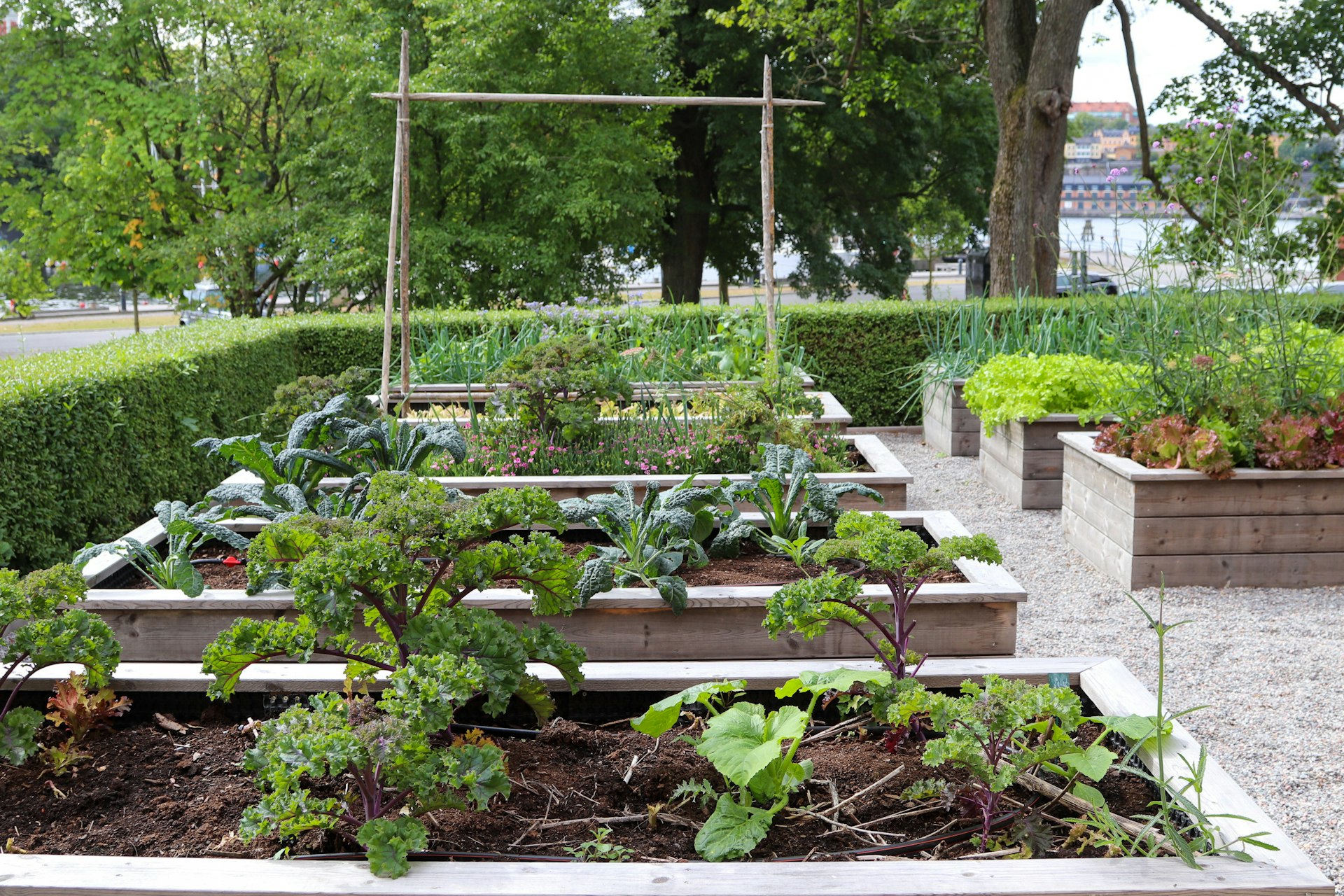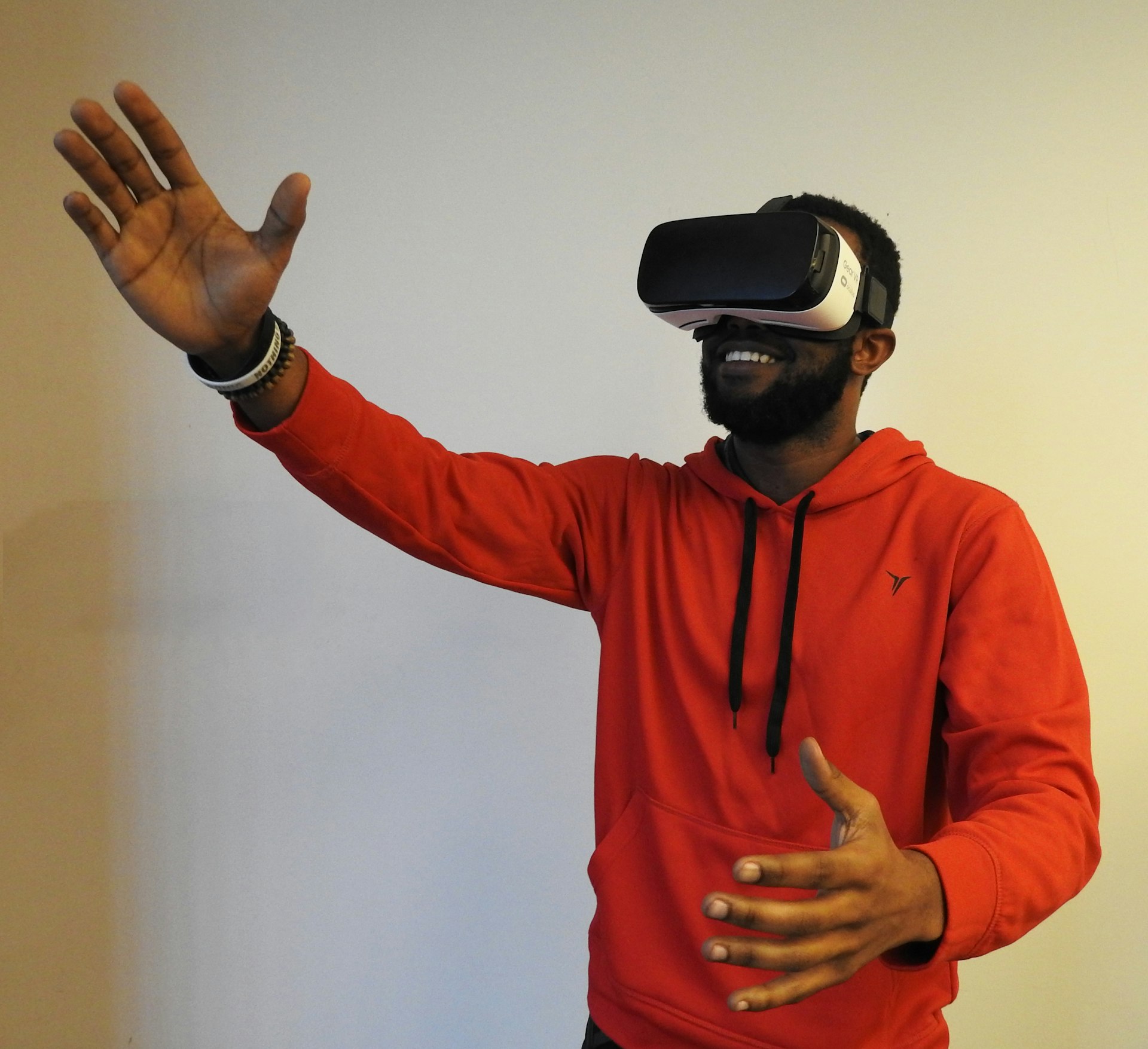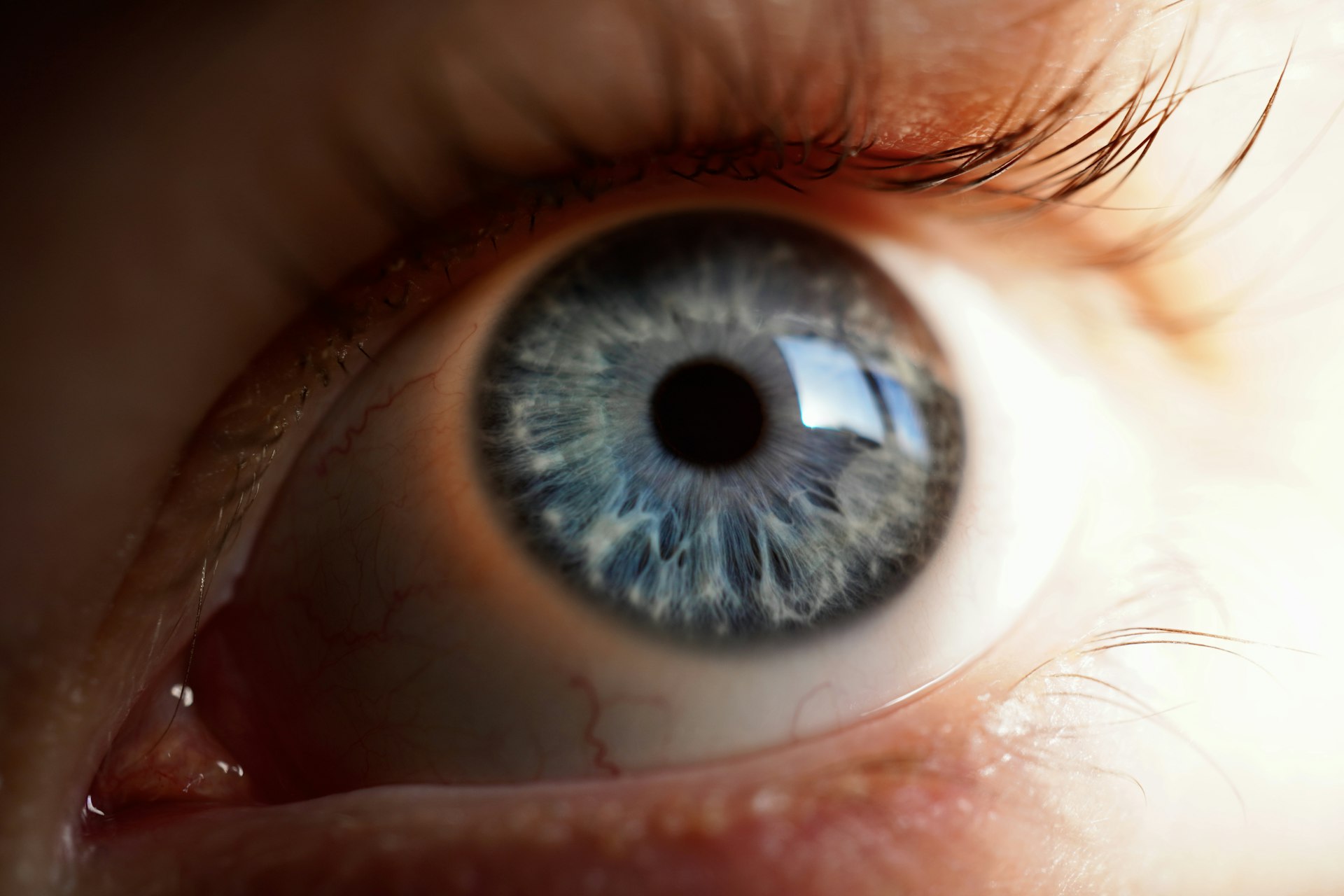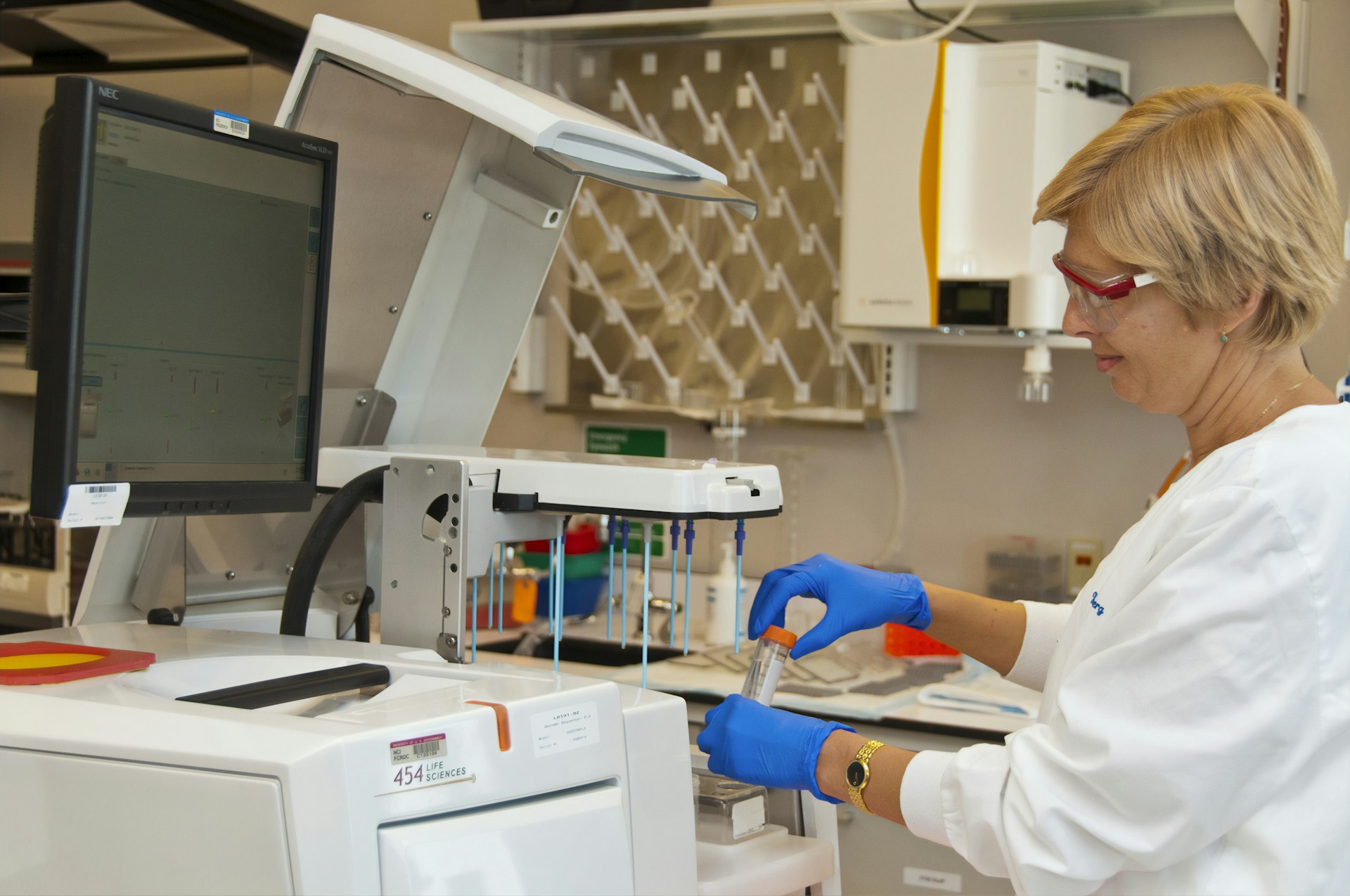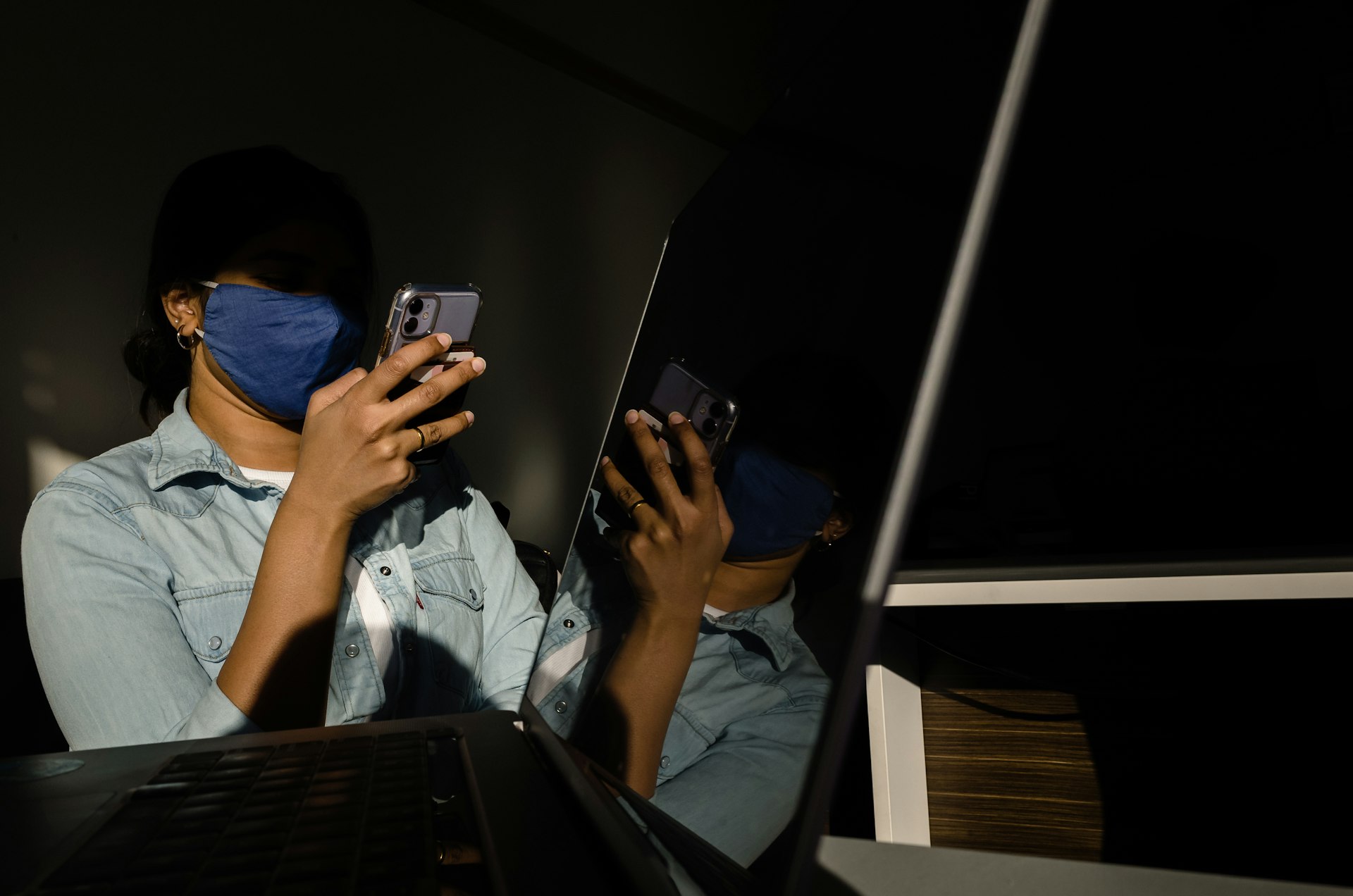How Loneliness Impacts Your Physical Health-and What You Can Do About It

Photo by Paolo Mandica on Unsplash
Understanding Loneliness and Its Prevalence
Loneliness is more than just a fleeting feeling; it is a complex emotional response to perceived isolation, whether or not a person is physically alone. This state can have serious implications for physical health. According to leading research, more than one-third of adults aged 45 and older in the United States report feelings of loneliness, and nearly one-fourth of adults aged 65 and older are socially isolated. The COVID-19 pandemic and resulting physical distancing measures have only intensified this issue for many, increasing both loneliness and related health risks [3] .
The Physical Health Risks of Loneliness
Extensive studies highlight that loneliness is not merely an emotional or mental health issue-it directly affects physical well-being. The U.S. Surgeon General’s advisory warns that loneliness and social isolation raise the risk of premature death by 26% and 29%, respectively. These risks rival well-known public health threats such as smoking up to 15 cigarettes per day or suffering from chronic illnesses [5] . Additional research links persistent loneliness to a 29% increased risk of heart disease and a 32% higher chance of stroke. For older adults, the risk of developing dementia rises by 50% [1] .
Loneliness can also make individuals more vulnerable to respiratory illnesses and weaken immune responses, leading to higher susceptibility to viruses. Social isolation often results in elevated cortisol levels, which may increase body mass index (BMI) and contribute to a sedentary lifestyle, further compounding physical health challenges [3] .
How Loneliness Affects the Body: Biological Mechanisms
Loneliness triggers the body’s stress response, leading to increased production of cortisol and other stress hormones. Prolonged exposure to these chemicals can cause chronic inflammation, impair immune function, and contribute to the development of cardiovascular diseases. Over time, the accumulation of these physiological stressors accelerates biological aging and increases the likelihood of chronic illness [2] .
Moreover, loneliness is linked to unhealthy behaviors such as reduced physical activity, poor sleep, and less nutritious eating habits, all of which directly contribute to poorer physical health outcomes.
Real-World Examples and Case Studies
Consider the experience of older adults living alone. Studies show they are more likely to develop high blood pressure, heart disease, and cognitive decline than those with regular social contact. During the COVID-19 pandemic, many individuals-regardless of age-reported increased feelings of isolation that led to weight gain, disrupted sleep, and worsening existing health conditions [3] .
One significant study found that people who frequently report loneliness are also at greater risk for depression, anxiety, and even suicidal thoughts. This demonstrates the close link between mental and physical health, where one can influence the other and create a cycle of declining wellness [4] .
Taking Action: Steps to Address Loneliness and Protect Your Health
If you are experiencing loneliness, several actionable strategies can help reduce its impact and support your physical health:
- Reconnect with Community: Seek out local community centers, clubs, faith-based organizations, or volunteer opportunities. Many cities have senior centers, social groups, or activity programs designed to foster connection.
- Pursue Professional Support: If loneliness is impacting your physical or mental health, consider reaching out to a licensed mental health professional or counselor. Therapy can help you develop coping strategies and build confidence in social situations.
- Leverage Technology: For those who cannot interact in person, video calls, phone check-ins, and online forums can be helpful alternatives. Many non-profit organizations and health systems offer virtual support groups and telehealth services.
- Adopt Healthy Routines: Engage in regular physical activity, aim for consistent sleep, and maintain a balanced diet. These steps can reduce the physiological effects of loneliness and support overall health.
- Monitor Your Health: Regular medical check-ups are important. Inform your healthcare provider if you are struggling with loneliness, as it may affect your physical health and influence care decisions.
For older adults, family members, or caregivers: stay attuned to signs of loneliness such as withdrawal, changes in appetite, or neglect of personal care. Interventions may include arranging regular visits or assisting with transportation to community events. If you are unsure where to find resources, you can contact your local Area Agency on Aging or search online for “senior social programs” in your region. Many agencies offer friendly visitor programs, telephone reassurance, and group activities.
Challenges and Solutions
Addressing loneliness can be challenging, especially for individuals with limited mobility or access to transportation. Some may feel anxious about reaching out or joining new groups. To overcome these barriers, start with small, manageable steps-such as making one phone call a week or attending a virtual event. Overcoming the stigma of loneliness is also important; remember, it is a common experience and help is available.
Community health workers, primary care providers, and social service agencies increasingly recognize loneliness as a serious health risk. Many are integrating screening for loneliness into routine health visits and connecting individuals with local resources as part of holistic care plans.

Photo by Albin Christiansson on Unsplash
Alternative Approaches and Additional Resources
Some individuals find relief from loneliness through creative pursuits-such as art, music, or writing-or by caring for pets, which can provide companionship and purpose. Others benefit from mindfulness practices, meditation, or structured group activities like exercise classes. If you are looking for more information, consider reputable sources such as the U.S. Centers for Disease Control and Prevention (CDC), the National Institute on Aging, or your local health department.
If you are unable to find resources online, you can:
- Contact your primary care physician and discuss feelings of loneliness and its health impacts.
- Search for “community mental health services” or “social connection programs” along with your city or county.
- Ask your local library or community center about support groups and upcoming events.
Key Takeaways
Loneliness is a significant risk factor for serious physical health problems, rivaling other well-known health threats. The good news is that social connection acts as a powerful protective factor. By taking proactive steps-whether through professional help, community engagement, or healthy lifestyle changes-you can reduce the impact of loneliness on your well-being. If you or someone you know is struggling, remember that resources and support are available. For immediate mental health support, you can call the national Suicide & Crisis Lifeline by dialing 988.
References
[1] Penn State (2023). Short-term loneliness associated with physical health problems.
[2] Hawkley & Cacioppo (2010). Loneliness Matters: A Theoretical and Empirical Review.
[3] Shankar, R. (2023). Loneliness, Social Isolation, and its Effects on Physical and Mental Health.
[4] NYC Therapy (2022). The Effects of Loneliness on Physical and Mental Health.
[5] U.S. Department of Health & Human Services (2023). Our Epidemic of Loneliness and Isolation.
MORE FROM cheerdeal.com





